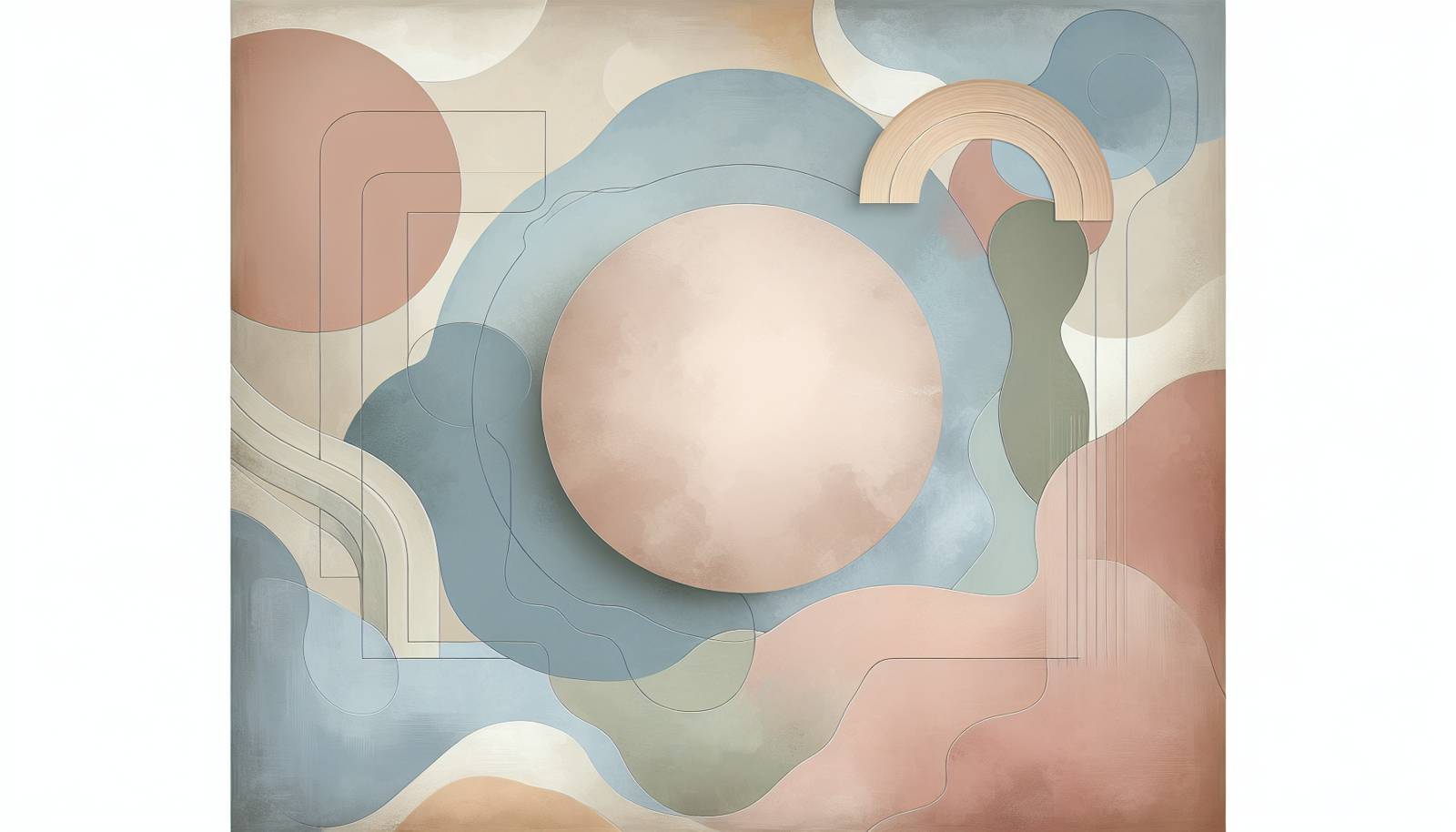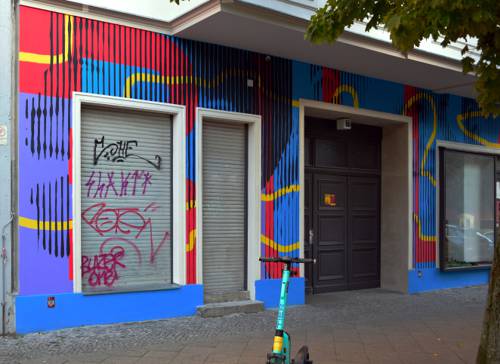
FAQ About The Role of Public Murals in Community Revitalization

What are public murals?
Public murals are large-scale artworks painted or applied directly on walls, ceilings, or other large surfaces in public spaces. They are often created by artists, sometimes with the help of community members, and are meant to be viewed by the public at large.

How do public murals contribute to community revitalization?
Public murals contribute to community revitalization by transforming dull or neglected spaces into vibrant, engaging environments. They attract visitors, which can stimulate local businesses, and foster a sense of pride and ownership among residents. The beautification of public spaces can also lead to increased property values and reduced crime rates.

In what ways do public murals enhance local identity?
Public murals enhance local identity by reflecting the history, culture, and values of the community. Artists often draw inspiration from local traditions, legends, and significant events, creating artworks that resonate with community members and promote a shared sense of belonging.

Can public murals drive economic development?
Yes, public murals can drive economic development by attracting tourists and locals who contribute to the local economy through increased spending in nearby shops, restaurants, and other businesses. Murals can also inspire complementary activities, such as festivals and tours, which further boost economic activity.

How do public murals foster community engagement?
Public murals foster community engagement by involving residents in the creation process and encouraging dialogue about the artwork's themes and messages. Community members often collaborate in planning and executing murals, which strengthens social bonds and fosters a sense of ownership and pride.

What role do artists play in the creation of public murals?
Artists play a crucial role in the creation of public murals as they design the artwork, often drawing on themes relevant to the community. They may work independently or in collaboration with community members, local organizations, and other artists, ensuring that the mural reflects the community's values and aesthetics.

Why are public murals considered a form of artistic expression?
Public murals are considered a form of artistic expression because they allow artists to visually communicate ideas, emotions, and cultural narratives on a large scale. This medium provides a platform for creativity and innovation, enabling artists to transform public spaces and engage a broad audience.

What challenges might arise during the public mural creation process?
Several challenges might arise during the public mural creation process, including securing funding, obtaining permissions from property owners or local authorities, and ensuring the mural's design aligns with community values. Additionally, logistical challenges such as weather conditions and technical execution need to be managed.

Are there environmental benefits to public murals?
While public murals primarily offer cultural and aesthetic benefits, they can indirectly support environmental goals by promoting sustainability messages and enhancing urban green spaces, if planned alongside vegetation. Murals can also transform underutilized areas, contributing to urban renewal efforts.

How do communities decide on the themes for public murals?
Themes for public murals are often decided through collaborative processes involving artists, community members, local councils, and sponsoring organizations. These discussions ensure that the chosen themes reflect the community's identity, values, and history, making the mural relevant and meaningful to its audience.

What is the impact of public murals on reducing crime in neighborhoods?
Public murals can have a positive impact on reducing crime in neighborhoods by beautifying areas that may otherwise attract vandalism or neglect. The presence of murals can enhance neighborhood pride and increase foot traffic, leading to a watchful community and deterring criminal activity.

How can public murals promote social change?
Public murals can promote social change by addressing social issues, sparking conversations, and raising awareness on topics such as diversity, equality, and justice. They provide a powerful platform for marginalized voices and can inspire community action and solidarity.

What are some examples of cities that have successful public mural programs?
Examples of cities with successful public mural programs include Philadelphia with its Mural Arts Program, Los Angeles's Public Art initiative, and the mural-filled neighborhoods of San Francisco's Mission District. These programs have led to increased tourism, community engagement, and urban beautification.

Do public murals require maintenance, and if so, how is it managed?
Yes, public murals require maintenance to ensure they remain vibrant and free from vandalism. Maintenance is typically managed by the responsible parties, which could include local art councils, municipal bodies, or community organizations. This may involve cleaning, restoration, and protective coatings.

What funding sources are available for public mural projects?
Funding sources for public mural projects can include government grants, private donations, sponsorships from local businesses, crowdfunding initiatives, and support from arts organizations. Securing diverse funding can help ensure a project's success and sustainability.

How have public murals evolved over time?
Public murals have evolved from simple decorative elements to complex and socially significant artworks. Historically used for storytelling and depicting religious themes, murals now address contemporary issues and are often used in community activism and urban revitalization efforts. They have also benefited from advances in materials and techniques.

What tools and materials are typically used in creating public murals?
Tools and materials typically used in creating public murals include paints (acrylics and spray paints are common), brushes, rollers, scaffolding, projectors for enlarging designs, and protective coatings to ensure longevity. Artists choose materials based on durability and environmental considerations.

Can public murals be temporary or are they always permanent?
Public murals can be both temporary and permanent. Temporary murals may be part of festivals, events, or exhibitions, often created on removable surfaces or designed to naturally erode over time. Permanent murals are intended to last long-term, requiring more durable materials and protective measures.

What impact do public murals have on the perception of a neighborhood?
Public murals can significantly enhance the perception of a neighborhood by adding color, character, and cultural significance to otherwise plain or neglected areas. They often attract positive attention and contribute to a sense of place, community pride, and local distinctiveness.

Are there any notable public mural festivals?
Yes, there are several notable public mural festivals worldwide, such as Pow! Wow! in Hawaii, Upfest in the UK, and Wynwood Walls during Miami Art Basel. These events celebrate street art and muralism, attracting artists and tourists globally and contributing to cultural exchanges and economic benefits.
